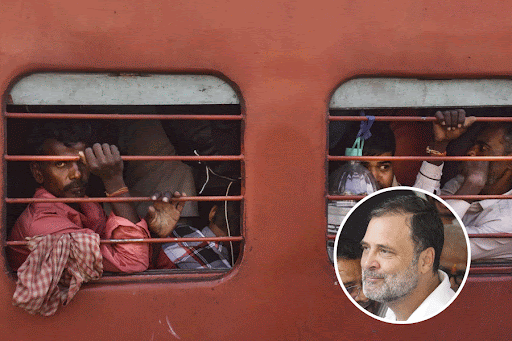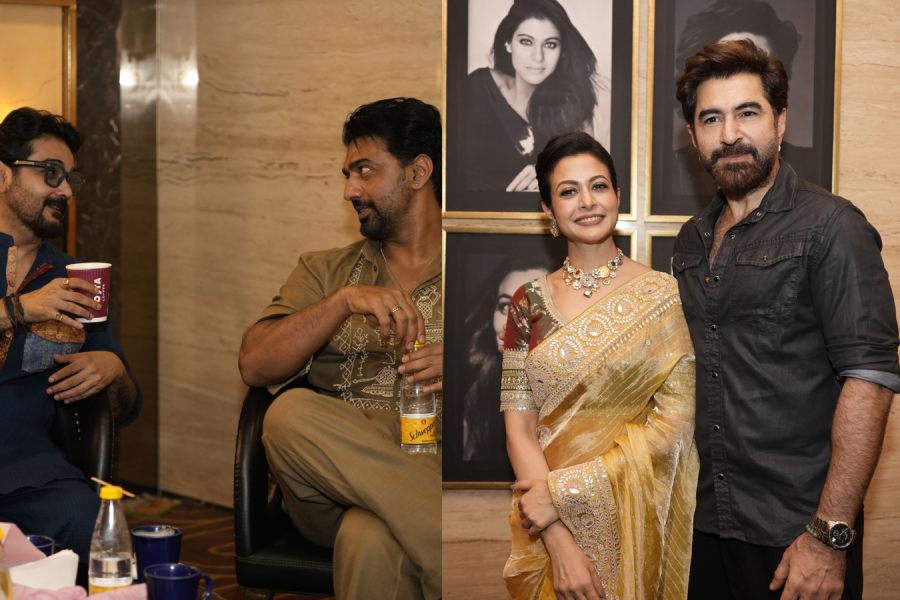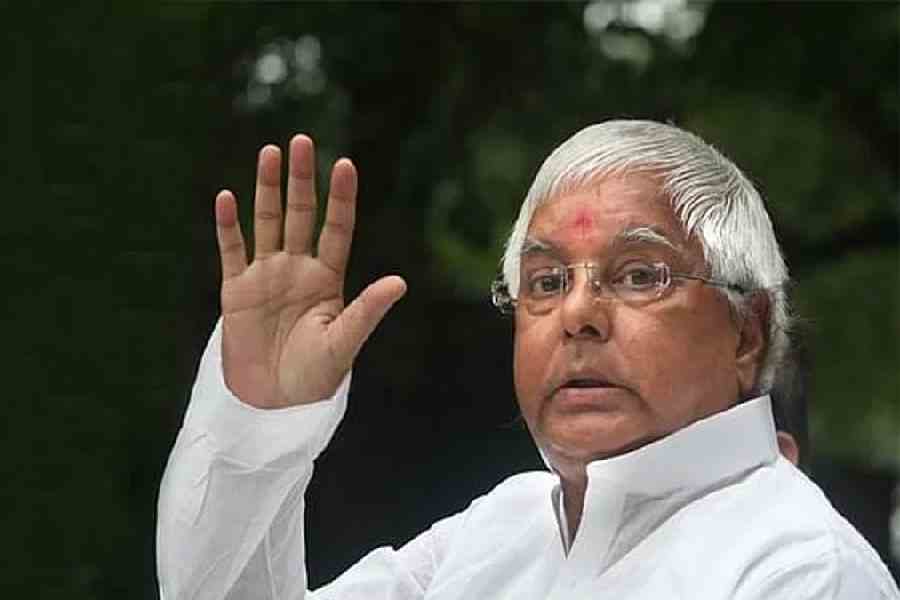 |
 |
| Punaram Nishad (Sanat Kumar Sinha); (below) Teejan Bai performs Karna Vadh in the city |
“Pandavani or the vaani (words) of the Pandavas is performed all over India, it’s just that in Chhattisgarh we use our own dialect and style of singing,” says Pandavani exponent Teejan Bai. She was in Calcutta to perform Karna Vadh on October 30 at Madhusudan Mancha as part of the Kasba Arghya folk festival. Another Pandavani guru, Punaram Nishad, was at Anya Theatre Bhavan in Salt Lake, training members of Kasba Arghya. The two spoke to Metro about their art and life
Teejan Bai, born in Attari, Chhattisgarh, now lives in Bhilai, where she holds an honorary post at the Bhilai Steel Plant. When she is not performing, she is training 150 shishyas from India and abroad.
Her way of singing can be related to the Kapalik style, which is the original Pandavani form of oral narration, but she had no training except the Mahabharata tales her grandfather narrated to her as a child.
Being female and just 13 made it that much harder for her to be accepted as a Pandavani singer. “People talked then, now they don’t,” laughs the stout, dark, paan-chewing story-teller, who can make magic on stage recreating any episode of the Mahabharata. Be it Duryodhan, Krishna or Draupadi — she can play multiple roles using only her voice and the tambura.
Teejan Bai, who has been lauded with numerous accolades like the Padmasree, Sangeet Natak Akademi award and the Padma Bhushan, says she has “no time to write down or publish” her 18 or more kathas, such as Draupadi Swayamvar, Draupadi Cheer Haran, Duryodhan Vadh, Karna Vadh and Abhimanyu Vadh. Each was composed by her, orally. The story changes and develops for each audience.
The Calcutta audience, Teejan said, “was so good that my rendition of Karan Vadh turned out better than expected.” Accompanied by Keshav Thakur, the “ragir”, whose job is to spice up the narration with loud rejoinders, and her loyal band of musicians, Narottam Netam, Tirendra Yadu, Kewal Prasad Deshmukh and Tukaram Thakur, Teejan depicted the last moments of Karna’s life, when Krishna, as if to test Karna’s generosity, appears in the guise of a sage and asks the dying Karna for all his teeth.
When asked where she had got this episode of the Mahabharata, Teejan said: “I don’t keep to any text; things that ‘could have happened’ just flow in as I narrate. Should daanvir (generous) Karna have grinned during Draupadi’s cheer haran? If Duryodhan had his thigh broken for slapping it in glee as Draupadi was being stripped, Karna could also be punished before his spirit becomes pure enough to be united with Krishna.”
Punaram Nishad received the Padma Bhushan in 2005. Son of a bhajan singer, Punaram started singing at age 10 and later joined the Vedmati form of Pandavani.
A later version of the oral tradition, Vedmati doesn’t allow changes in the written texts. The narration “has to remain pure, but we can add stotras, dohas, chaupais and alaaps. Unlike the Kapalik Pandavani singers, we never stand up or move around but perform in a kneeling posture,” said Punaram, who has a regular batch of 25-30 students coming to his residence, Shanti Niketan Ashram in Ringni village, Durg.
Of the 18 kathas he has written, Udyog Parv is his favourite. But he has also sought fulfilment in theatre. “I acted in Habib Tanvir’s Agra Bazaar and in Naya Theatre’s Duryodhan. I performed a Pandavani piece Arjun ke Sarathi. Acting comes easy for me because our art also emphasises the bhava,” he said, taking time off from teaching a handful of enthusiastic Calcuttans at a workshop.











